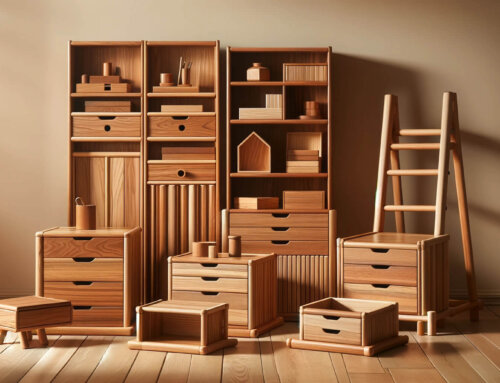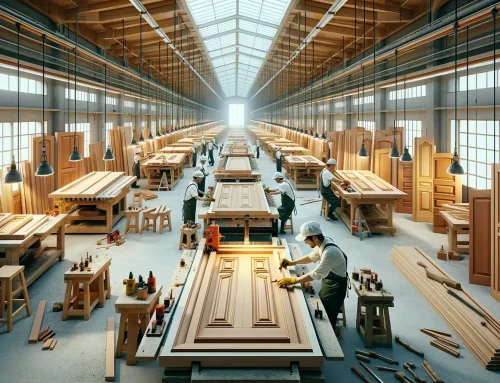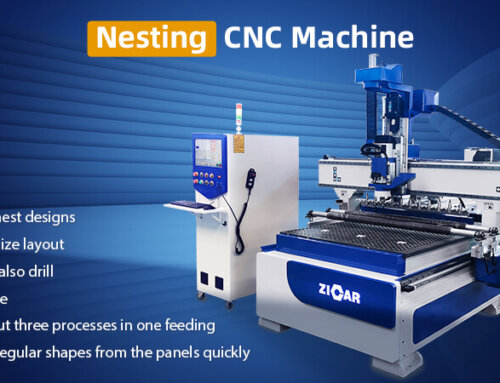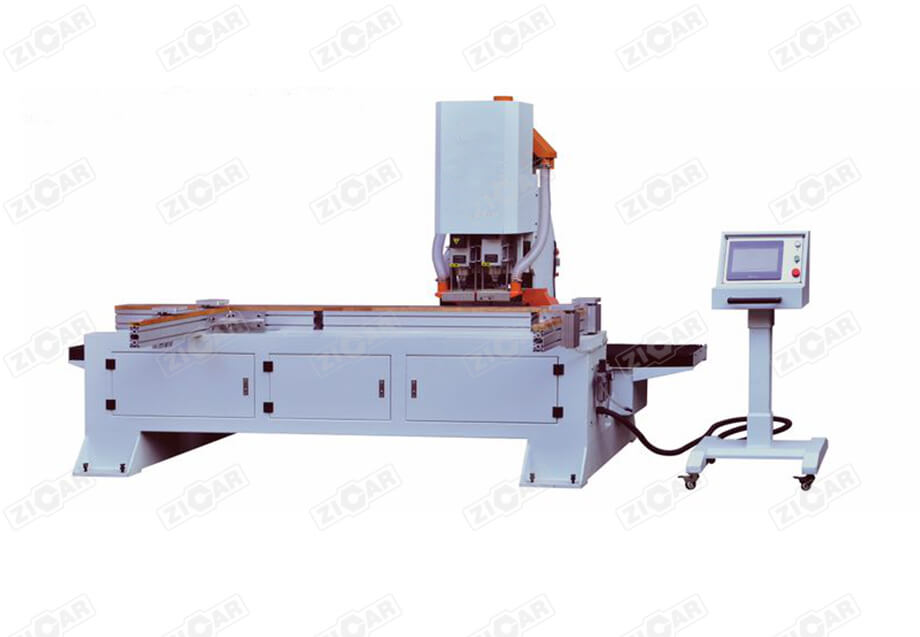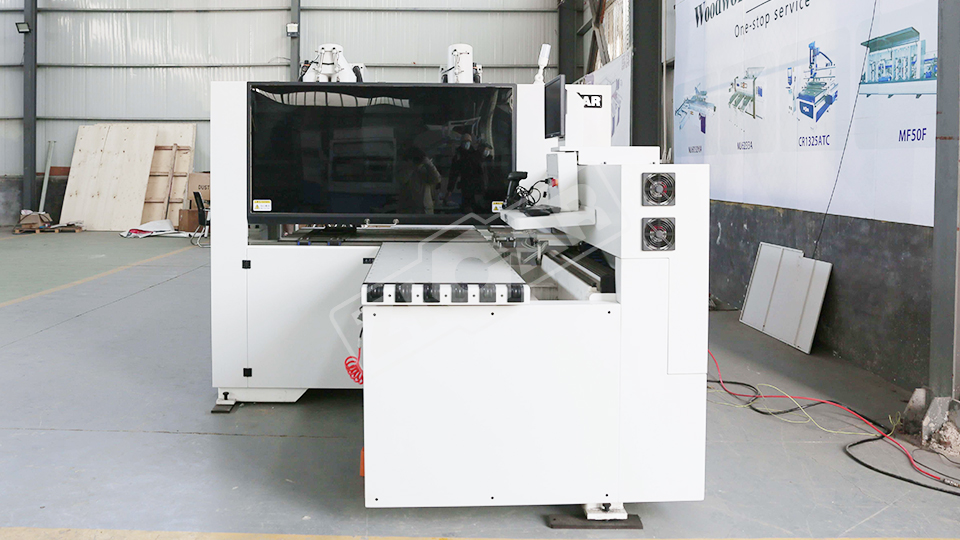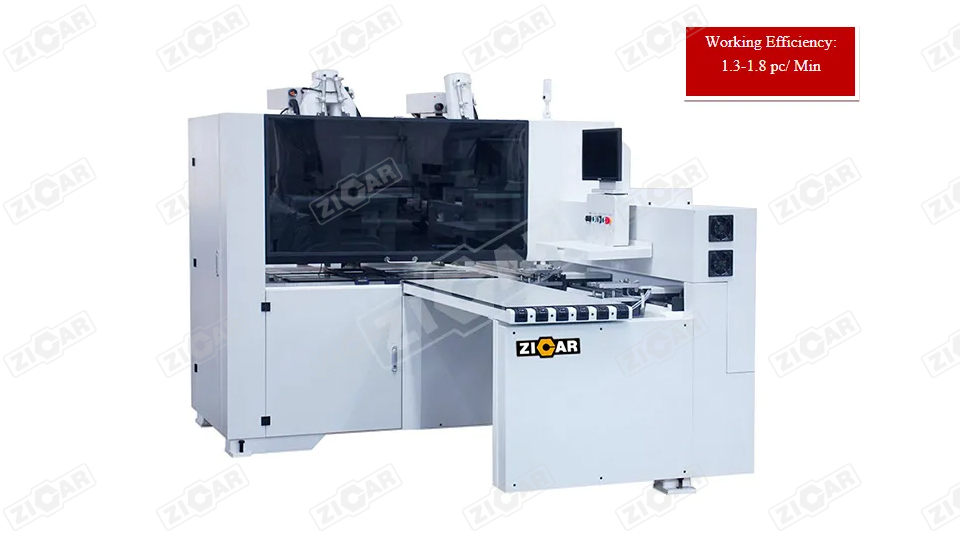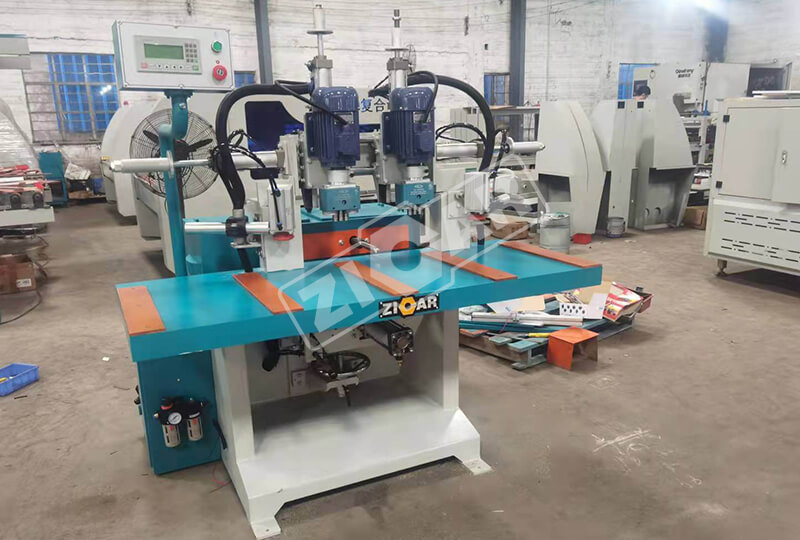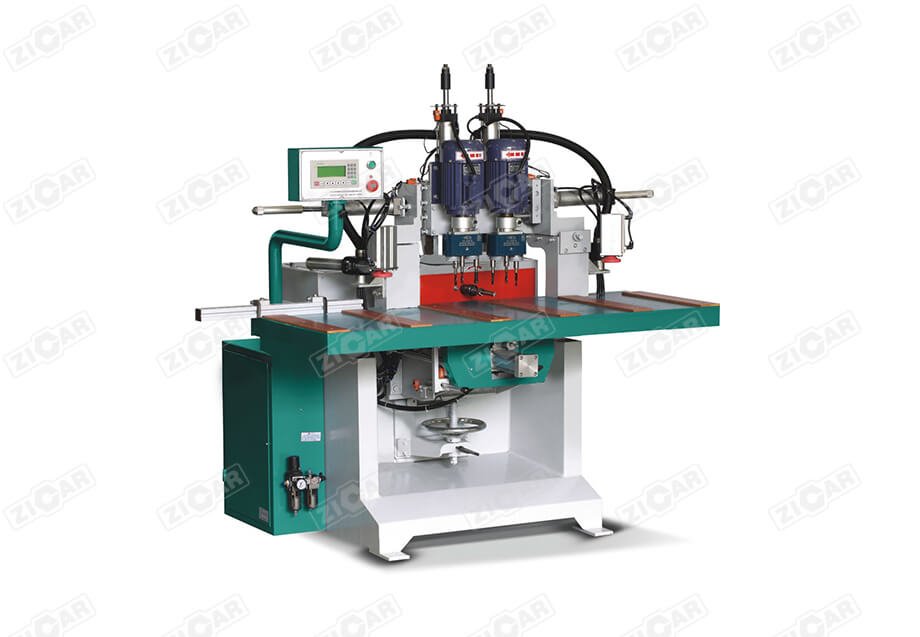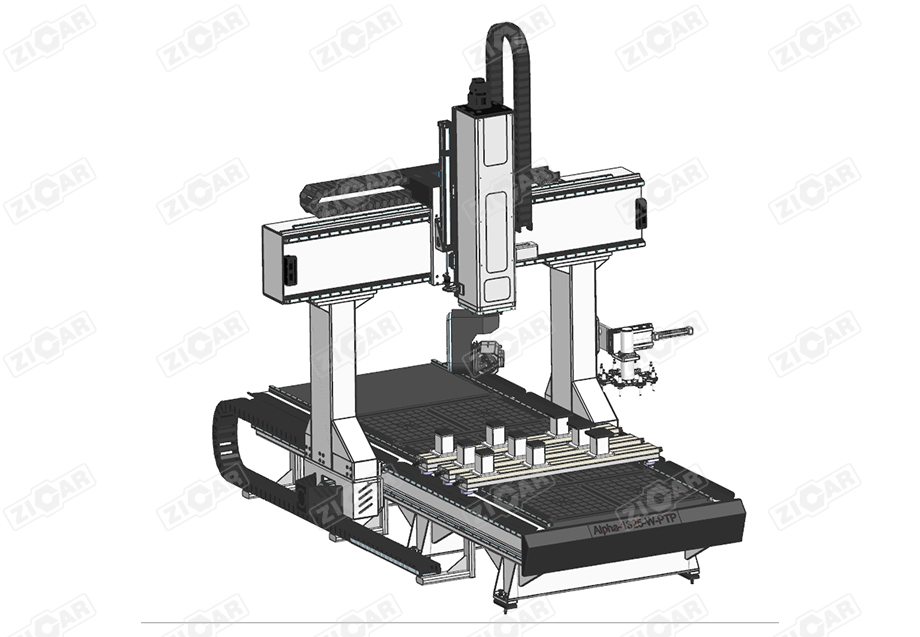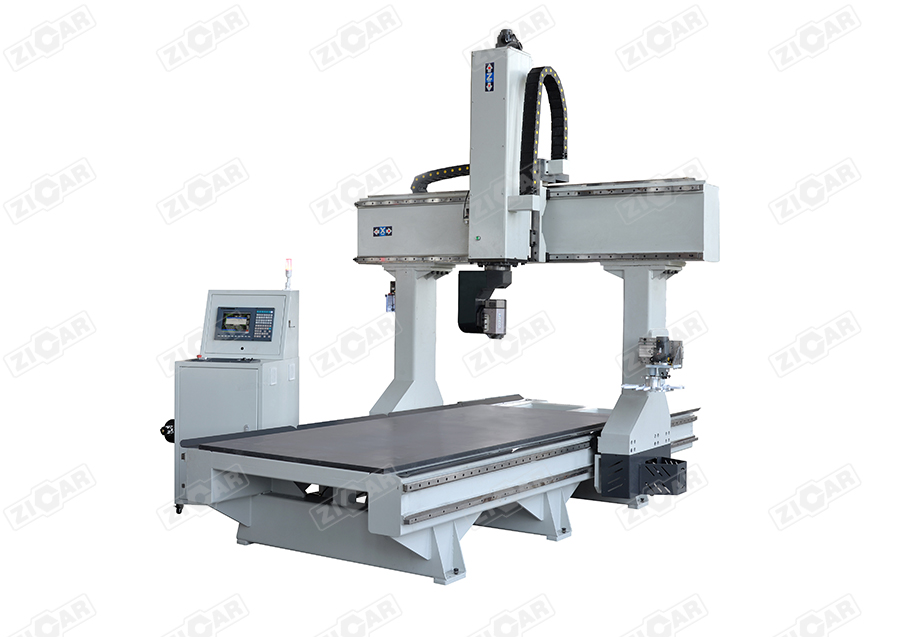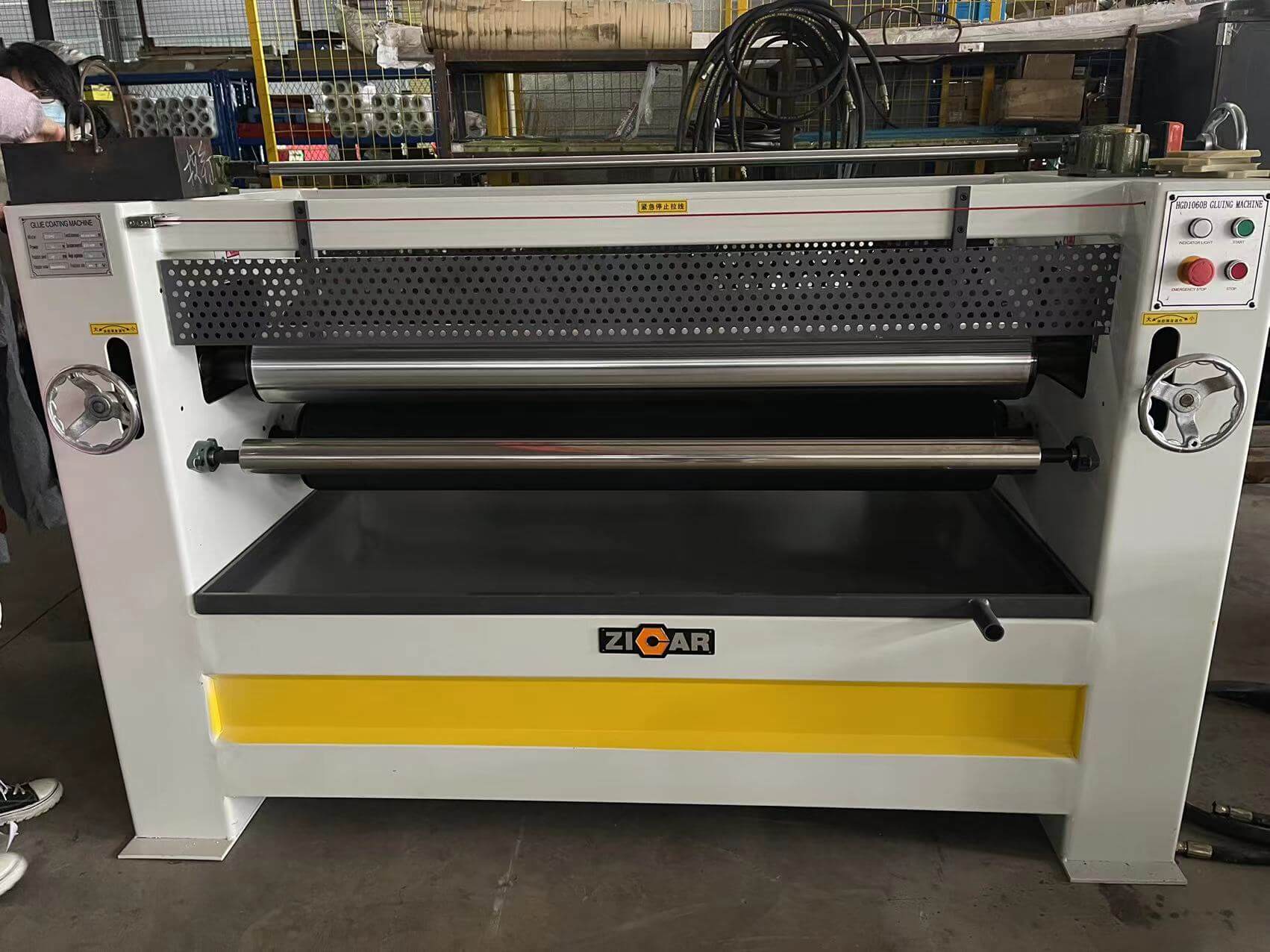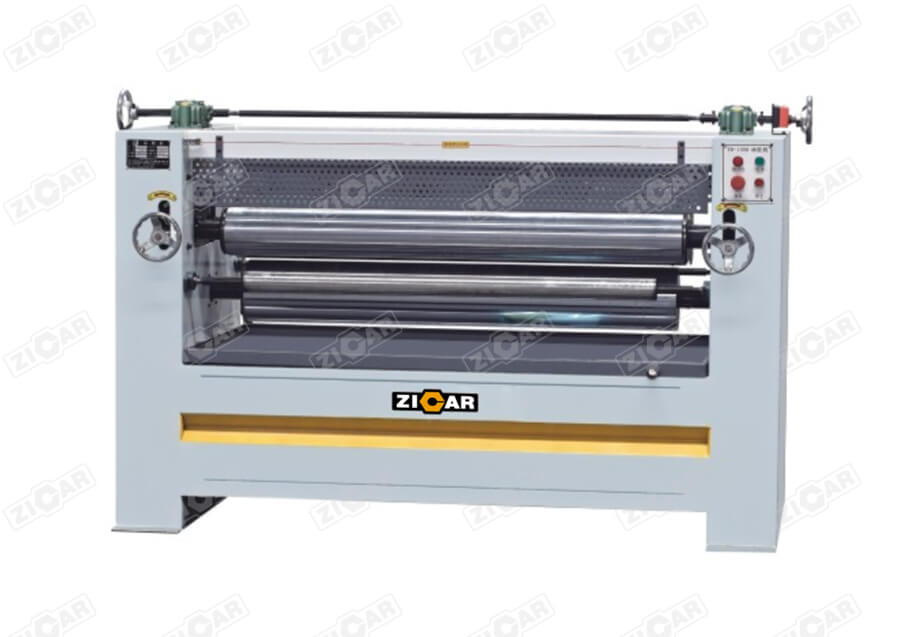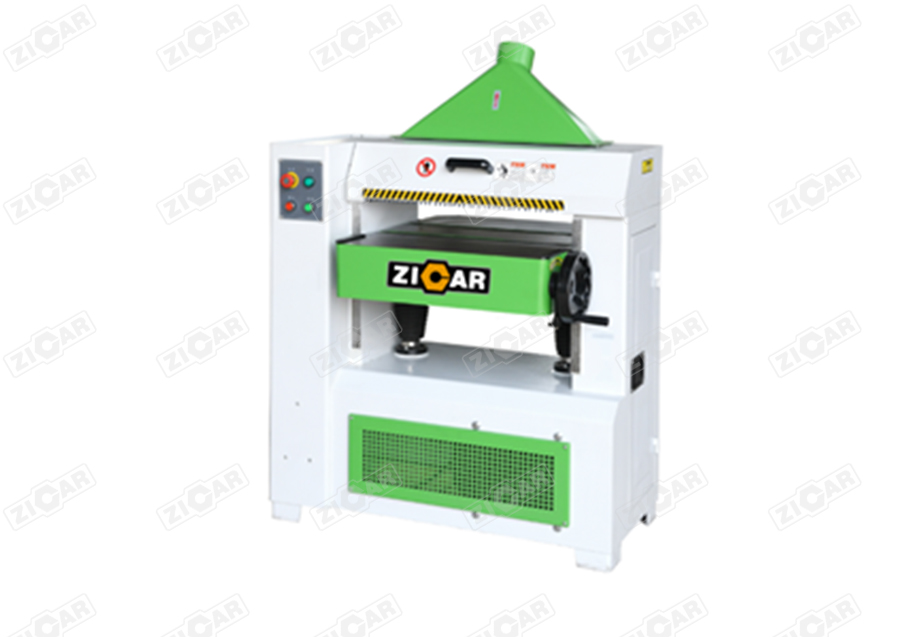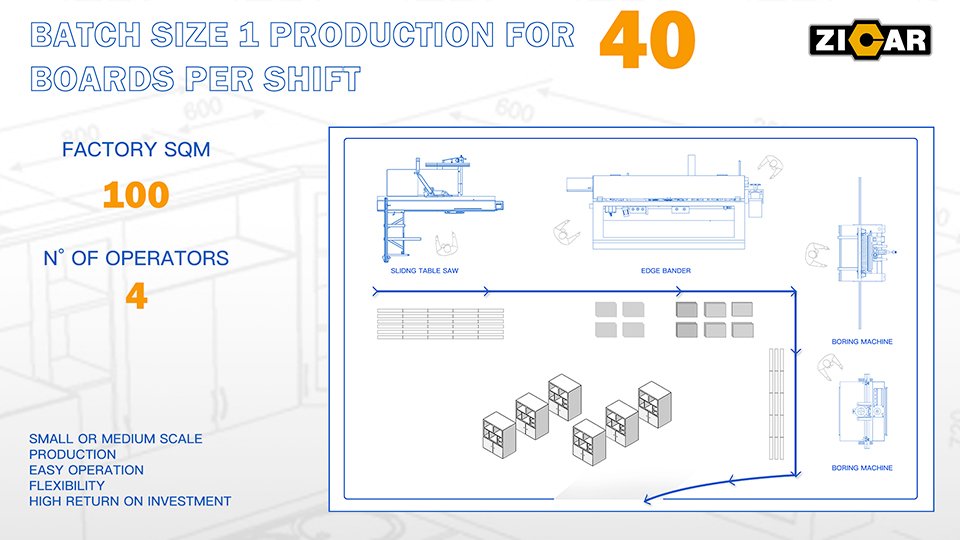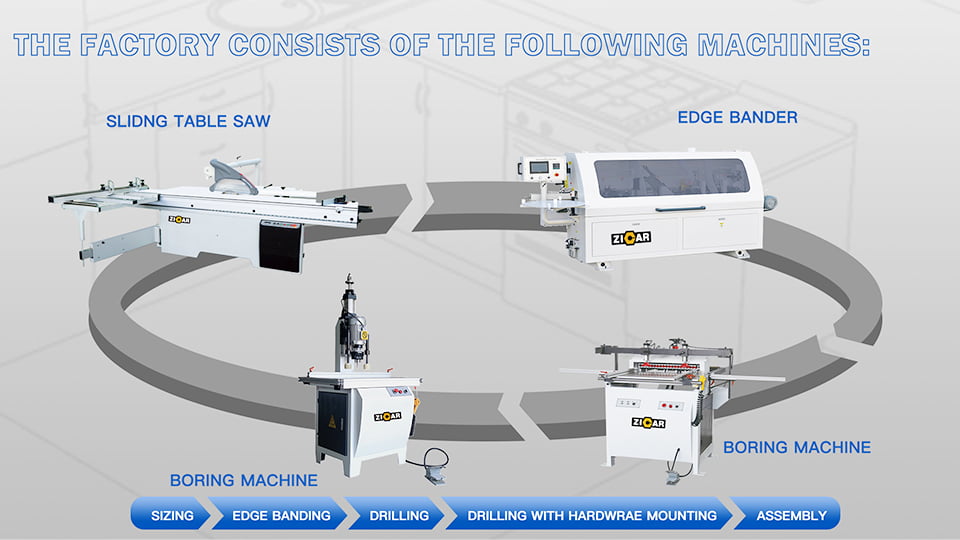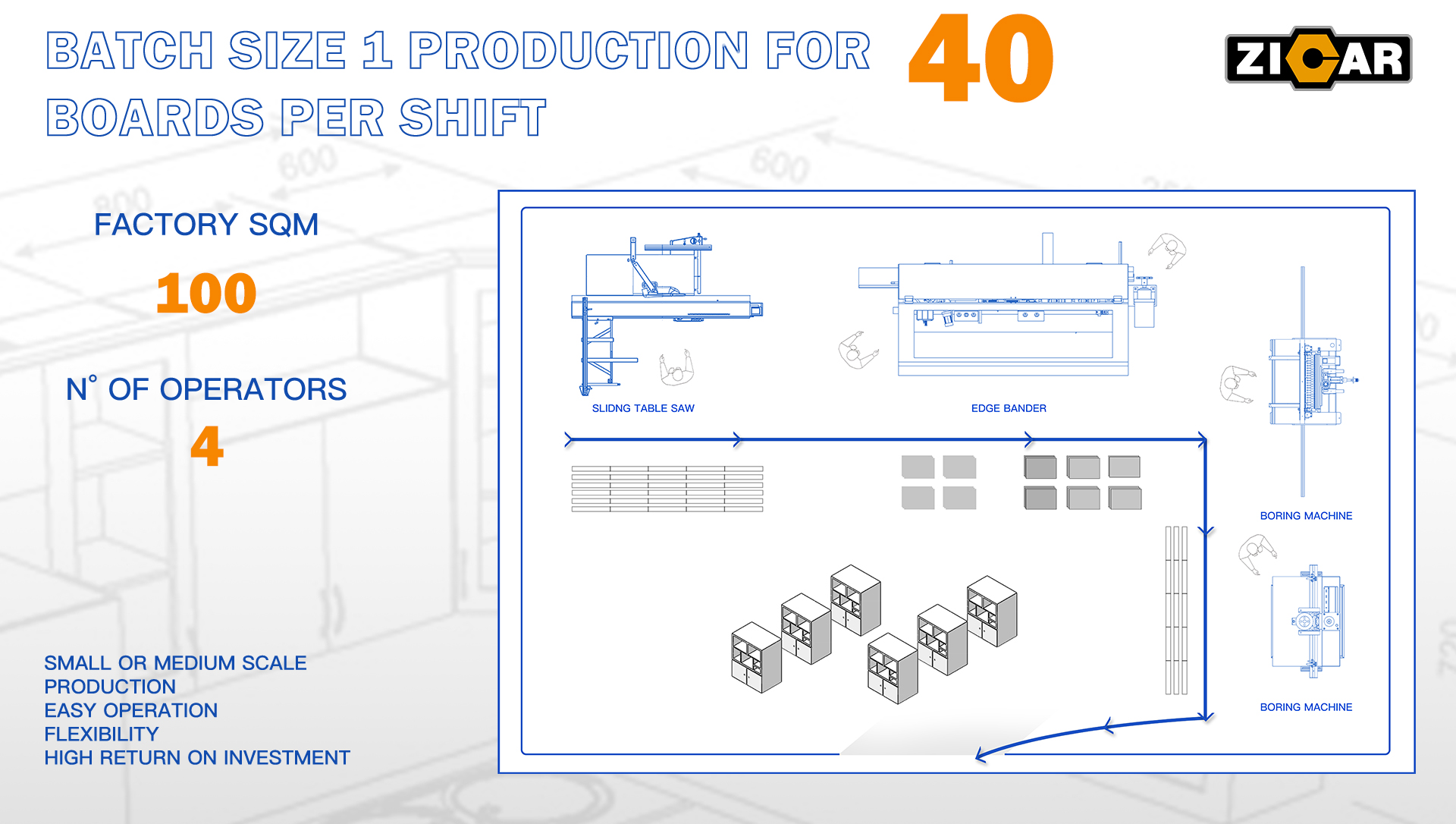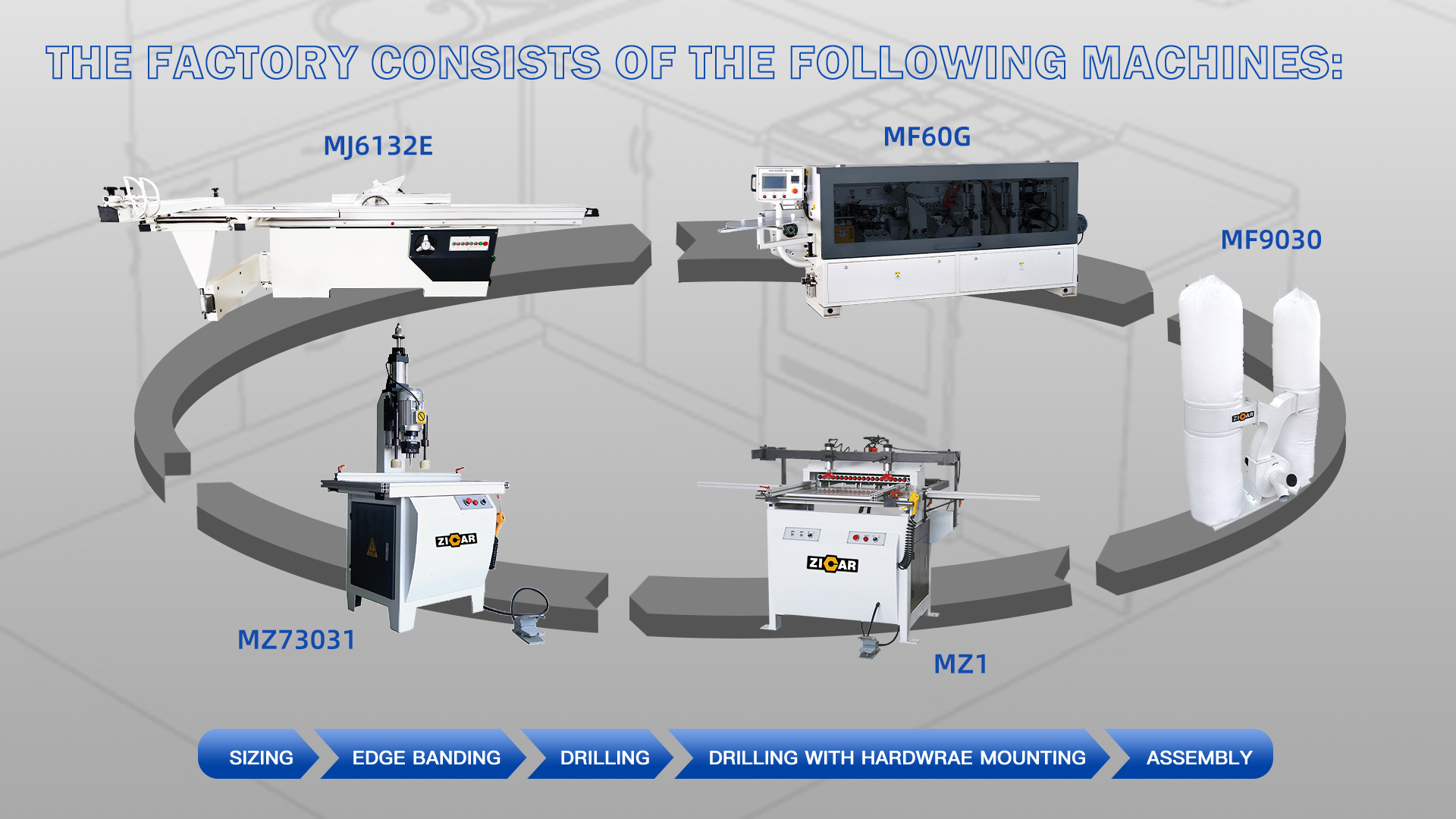Key Steps in Making Cabinet Doors with a CNC Router
Selecting Material: Begin by choosing the right material for your cabinet doors, such as solid wood, particle board, melamine board, plywood, or MDF. Each material has distinct characteristics and should be selected based on your production needs or customer requirements.
Designing, Engraving, Cutting: Using a CNC router, you can design, cut, and engrave the cabinet doors. The process starts with creating a CAD (Computer-Aided Design) drawing, which is then imported into CAM (Computer-Aided Manufacturing) software to generate a G-code. This code instructs the CNC router on how to cut the wood panel.
Edge Banding & Corner Trimming: After cutting, the edges of the doors might be rough or sharp. Edge banding is crucial to cover these edges, enhancing the door’s appearance and inhibiting formaldehyde release from the panel. This process involves selecting the right edge band and using an edge banding machine for application.
Finishing Touches: The last steps include sanding, sealing, and possibly painting the doors, depending on the desired look and the material used. For solid wood, sanding and polishing or painting are common, while composites like melamine or plywood are often sanded and then painted.
Installing Hardware: Finally, attach hinges, clasps, knobs, or handles to the doors. Since holes for the hardware are typically pre-drilled using the CNC router, this step involves simply screwing them into place.
Benefits and Drawbacks of Using a CNC Router
Benefits: CNC routers offer precision and speed, allowing for the production of consistent and high-quality cabinet doors. They can handle various materials and can produce intricate designs that might be challenging with traditional woodworking tools.
Drawbacks: The main drawbacks include the cost of CNC routers, which might be high for smaller cabinet makers. Additionally, there’s a learning curve in operating these machines and designing for them. CNC routers also lack flexibility in changing designs without investing in new machinery or significant modifications.
Considerations When Using a CNC Router
Software and Tooling: Ensure you have compatible software and the correct tooling like router bits for clean and precise cuts.
Design Limitations: Your design should be compatible with the size and capabilities of your CNC router. Adjustments might be required to fit the machine’s limitations.
Material Choice: CNC routers can cut various materials, including wood, MDF, plywood, and some plastics and metals. Choose a material that fits your aesthetic needs and is durable and compatible with your router.
Router Bit Selection: The choice of router bit depends on the material and the desired cut quality. Bits designed for cutting wood or other cabinet-making materials are generally suitable.
In summary, creating cabinet doors with a CNC router involves careful planning from material selection to the finishing touches. While CNC routers offer great precision and efficiency, they come with cost considerations and require specific technical knowledge. For detailed steps and considerations, the articles from Zicar provide comprehensive guidance.
Hot Products
ZICAR SOLUTION Since 1960 Manufactured And Marketed
A comprehensive range of technologies and solutions for Furniture | Doors | Cabinets.




